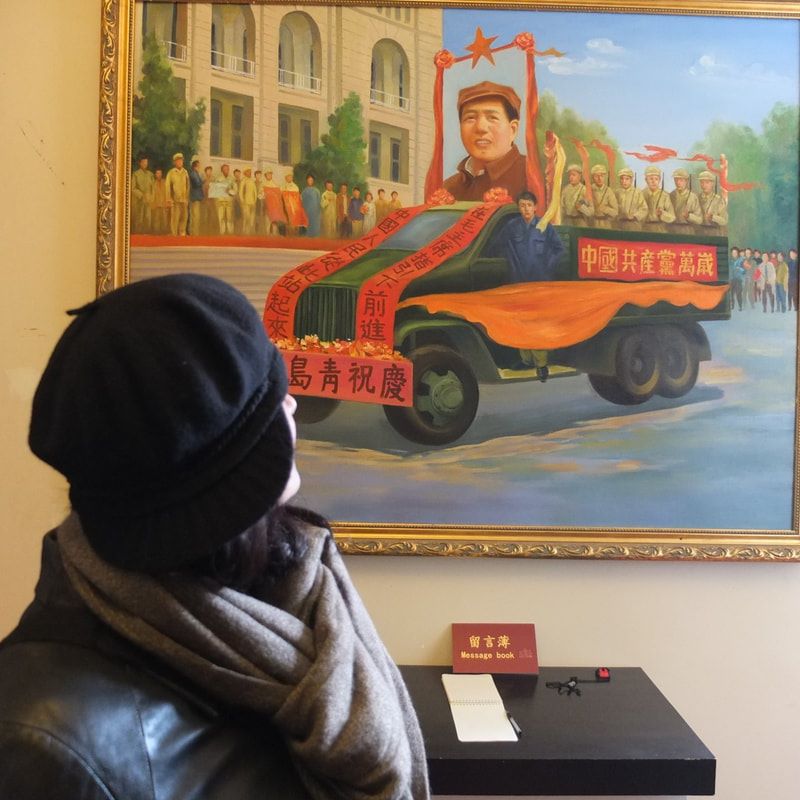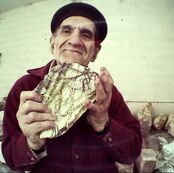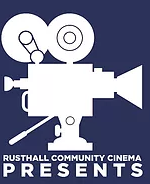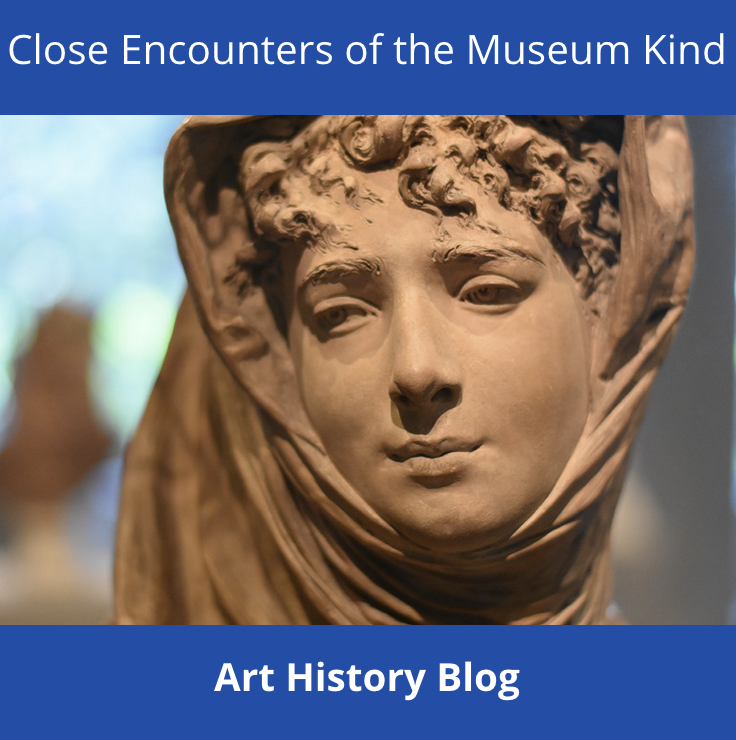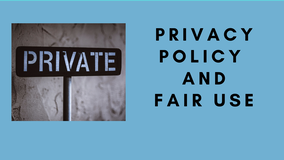|
In today's lesson I'm going to show you how to brainstorm your creation on paper. Are you feeling stuck and overwhelmed? Filmmaking is so heady, isn't it? Sometimes it's good to take a break from our imaginations and put things down on paper. Lesson 26 from my course How to Kickstart Your First Documentary will help you: gather your ephemera (that means movie tickets, postcards, letters, and photos)
A snippet of history first
The scrapbook could be about life at school. The life of an educator. Life of a mother or father, artist, writer.
0 Comments
Leave a Reply. |
Jeanne PopeFilmmaker, teacher, traveller and storyteller
Other Links |
|
"Thank you dear Jeanne. It is an honour to have your creative thoughts which are printed in this film. With your love energy, passion and creative thoughts and encouragement this film can have its own soul finally. Thank you so much". Tao Gu - Taming the Horse
|
"Jeannette taught me the tools I needed, never having made a documentary before. She gave so much time, patience to show me, guide me and share her creativity and skills with me." Dr. Zou Qialing, Beijing Film Academy, Qingdao Campus
|
|
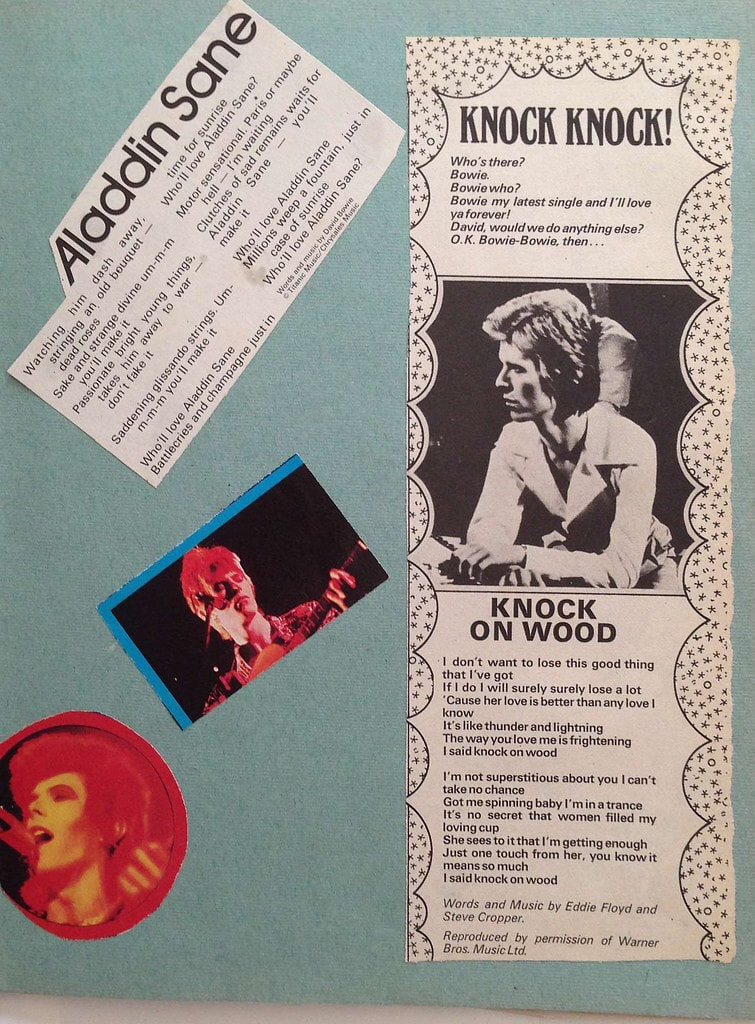
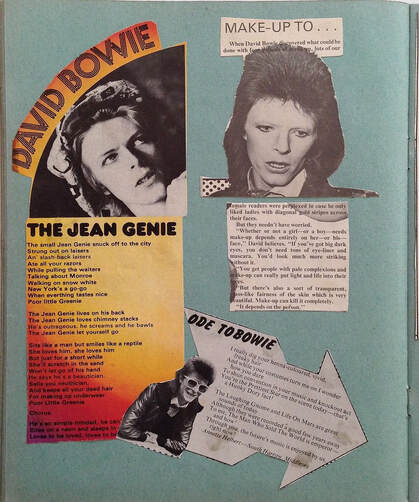
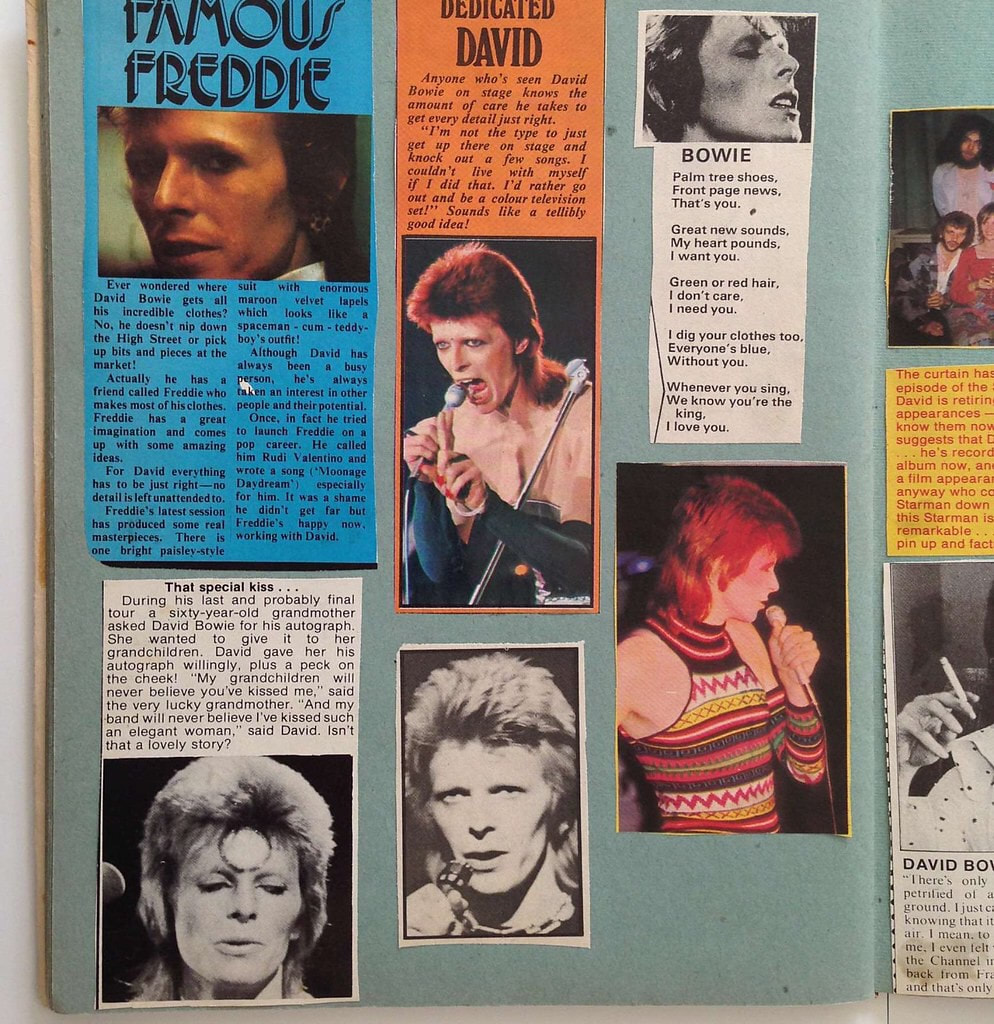
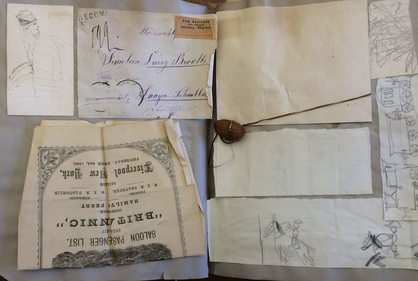
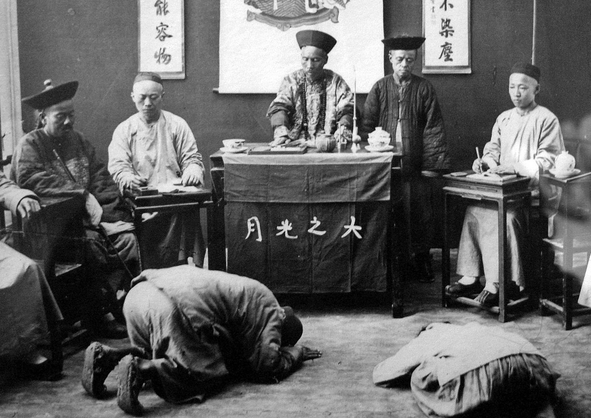
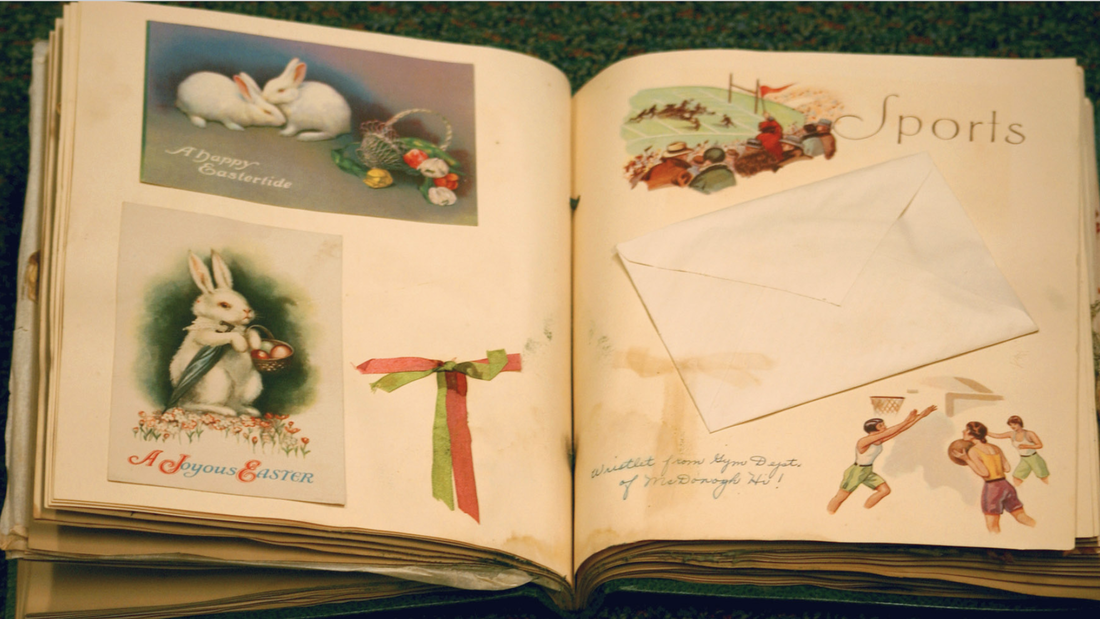
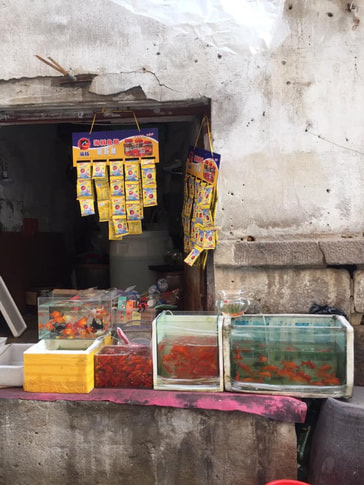
 RSS Feed
RSS Feed
